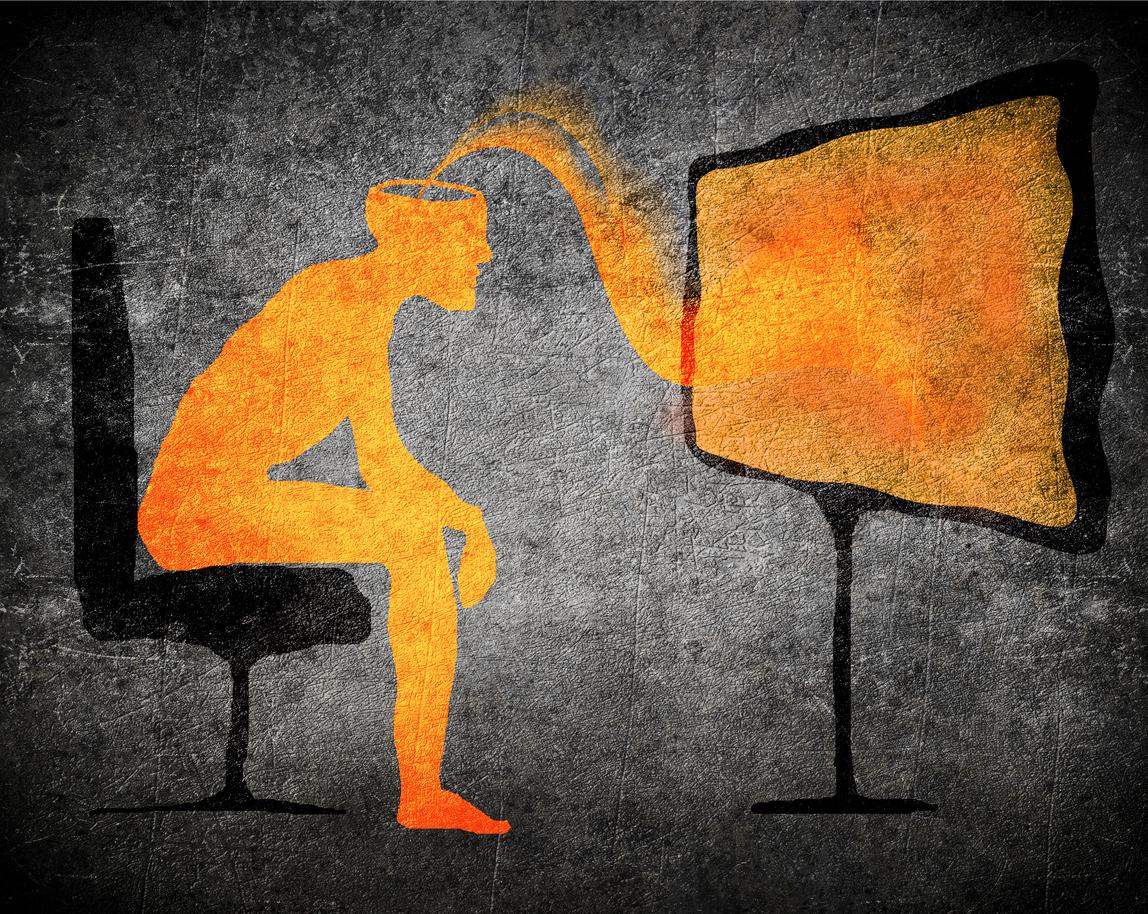
Even at its best, traditional market research has built-in limitations. First of all, consumers may be biased or unwilling to reveal their true opinion. But beyond this, there is only so much conscious insight anyone has into his or her own decision-making process — especially if you agree that purchases are mostly controlled by the subconscious mind. This can be a hindrance for marketers who are more interested in knowing the why of a purchasing decision over the what. For a truly granular understanding of consumer behaviour, it is necessary to find a method that knows consumers better than they know themselves.
No surprise, then, that there has been increasing interest in neuromarketing, i.e. the use of brain-imaging technology and other psychometric measures to get a glimpse of, quite literally, how consumers’ minds work when presented with a product or brand. Of the neuroscientific tools currently available, the most popular with neuromarketing firms are eye-tracking devices (for measuring how consumers attend to visual information) and electroencephalography (EEG), for capturing electrical brain activity in order to gauge excitement. With these highly mobile technologies, experiments can be conducted at reasonable cost in shopping malls, supermarket aisles, or anywhere actual purchasing gets done.
From the beginning, however, sceptics have questioned whether this nascent field may be more hype than substance. No body of research has authenticated neuromarketing’s value-add over and above conventional methods — that is, until quite recently. The last few years have produced a raft of rigorous scientific studies suggesting that brain imaging has far greater potential to predict a product or advertisement’s success than simply canvassing for consumer opinions. However, to maximise this predictive power, companies may have to stretch their neuromarketing portfolio. Specifically, they should look at fMRI (functional magnetic resonance imaging).
fMRI: The latest findings
Most of us think of fMRI as something reserved for potentially serious medical situations and neuroscience research. Indeed, it is the most commonly used tool among neuroscientists because of its unique ability to observe a range of neural activity across the entire brain. By contrast, only 31 percent of neuromarketing practitioners reported ever using fMRI machines, as compared to 88 percent for eye-tracking and 80 percent for EEG, according to a recent survey I co-conducted.
It’s easy to see why. In addition to requiring a laboratory setting (thereby removing consumers from their native element), fMRI is far more expensive than eye-tracking and EEG, costing up to US$800 per hour just to rent the machine. On top of that, there’s the costly expertise needed to interpret the results.
However, it could still be a worthwhile investment, if recent research is to be believed. For example, researchers from the Advertising Research Foundation (ARF), the Centre for Neural Decision-Making at Temple University, and NYU-Stern’s marketing department collaborated on a massive 2015 study where consumers of various ages were shown 37 television advertisements, and their responses gathered using eight different neuromarketing techniques as well as traditional surveys. The study concluded that, out of the eight methods, only fMRI acted as a valuable additional predictor of actual marketing response to the ads when used in conjunction with the surveys. Specifically, activity in the ventral striatum area of the brain was found to be directly tied to “rewarding or positive feelings towards a brand”.
In another study from last year, using fMRI on a test group of 47 smokers who were shown various drafts of anti-smoking emails more than doubled researchers’ ability to predict the actual performance of the emails, compared to relying upon the test group’s survey responses alone.
Cost-effectiveness
One remarkable aspect of these two studies is their small sample size. fMRI’s high number of repeated measures within a study participant means that you don’t need great masses of data to generate statistically significant results. In other words, the much higher cost of fMRI is offset by the unique opportunity it affords to glean insights perhaps applicable to the behaviour of millions by surveying the brains of merely a few dozen. Not many marketing tools can offer such a rich per-participant payoff.
Implications
This is not to say that the less intensive neuromarketing techniques should be discarded. In today’s challenging omni-channel environment, where the customer journey spans both digital and physical realms, there is real value in being able to measure even basic responses in the field. In the coming years, advances in wearable technology may allow neuromarketing practitioners unprecedented visibility into how customers interact with brands in their everyday lives.
fMRI can complement this process in a number of ways. First, as with the studies we mentioned, small-scale fMRI experiments can assist companies in selecting from among multiple versions of the same advertisement or product design. Second, in a broader sense, fMRI can be used to investigate how marketing actions affect consumers emotionally and experientially — as our research into “marketing placebo effects” and “pricing primacy” reveals. Third, since research suggests that consumers form preferences immediately and unconsciously, fMRI could help companies learn more about their target market’s pre-existing tastes and biases, especially in contexts where consumers are less likely to be forthcoming.
Companies can either hire an in-house consumer neuroscientist or use an outside firm to steer their initial forays into fRMI. Not all neuromarketing firms are equally rigorous with this new methodology, however. Two key indicators are whether a firm employs research scientists well-versed in fMRI, and whether there are credentialed scientists on the board.
If you later decide to hire in-house talent, the tricky part will be finding someone with both scientific acumen and business savvy. Otherwise, you may not be able to capitalise on all the possibilities within this newly evolving area.
Hilke Plassmann is Associate Professor of Marketing at INSEAD.
The Article Consumer Neuroscience: Applications, Challenges, and Possible Solutions (Journal of Marketing Research, August 2015) by H. Plassmann, V. Venkatraman, S. Huettel and C. Yoon was selected as one of 12 impactful articles published in the leading marketing journals by the Marketing Science Institute(non-profit practitioner association for marketing).
-
View Comments
-
Leave a Comment





No comments yet.